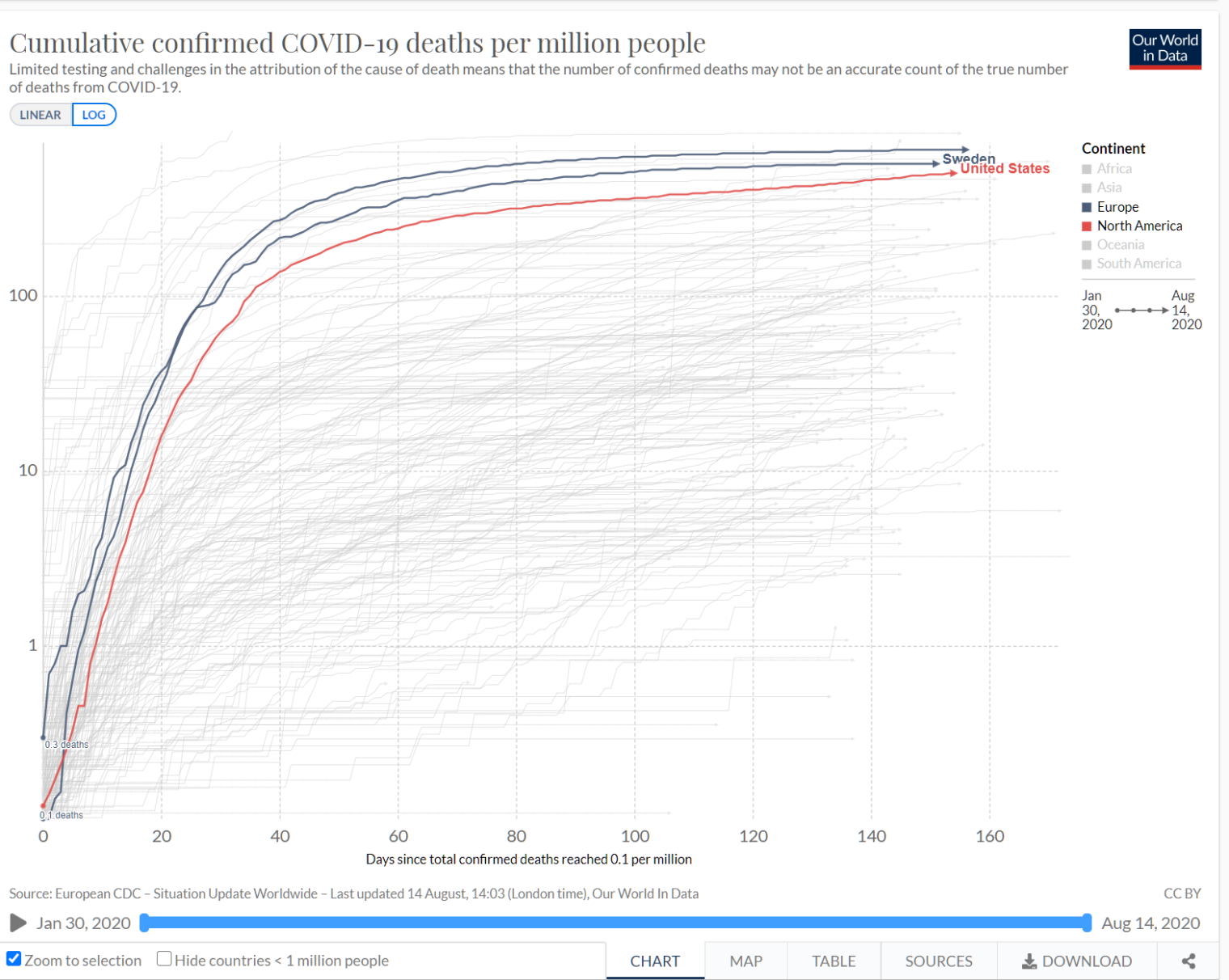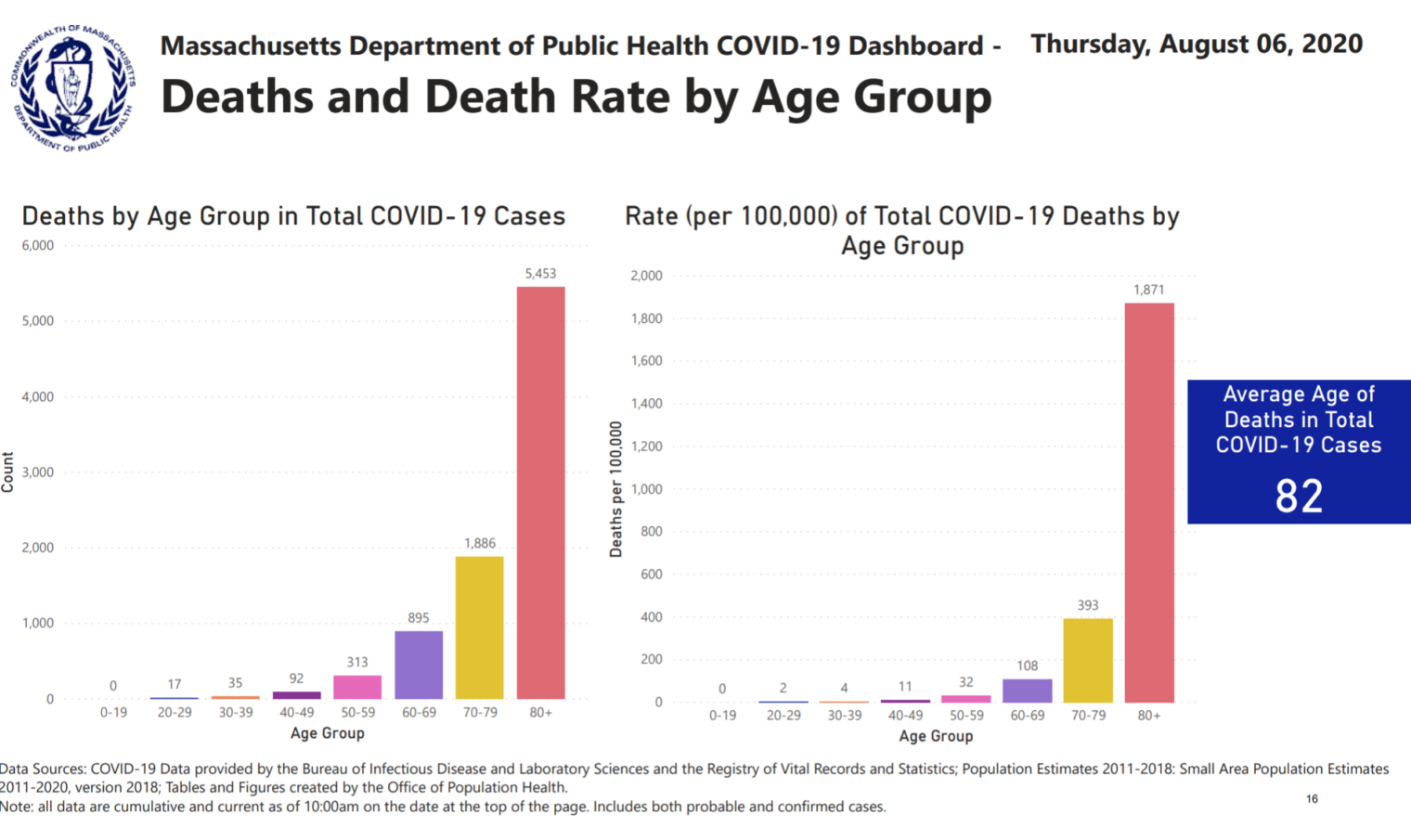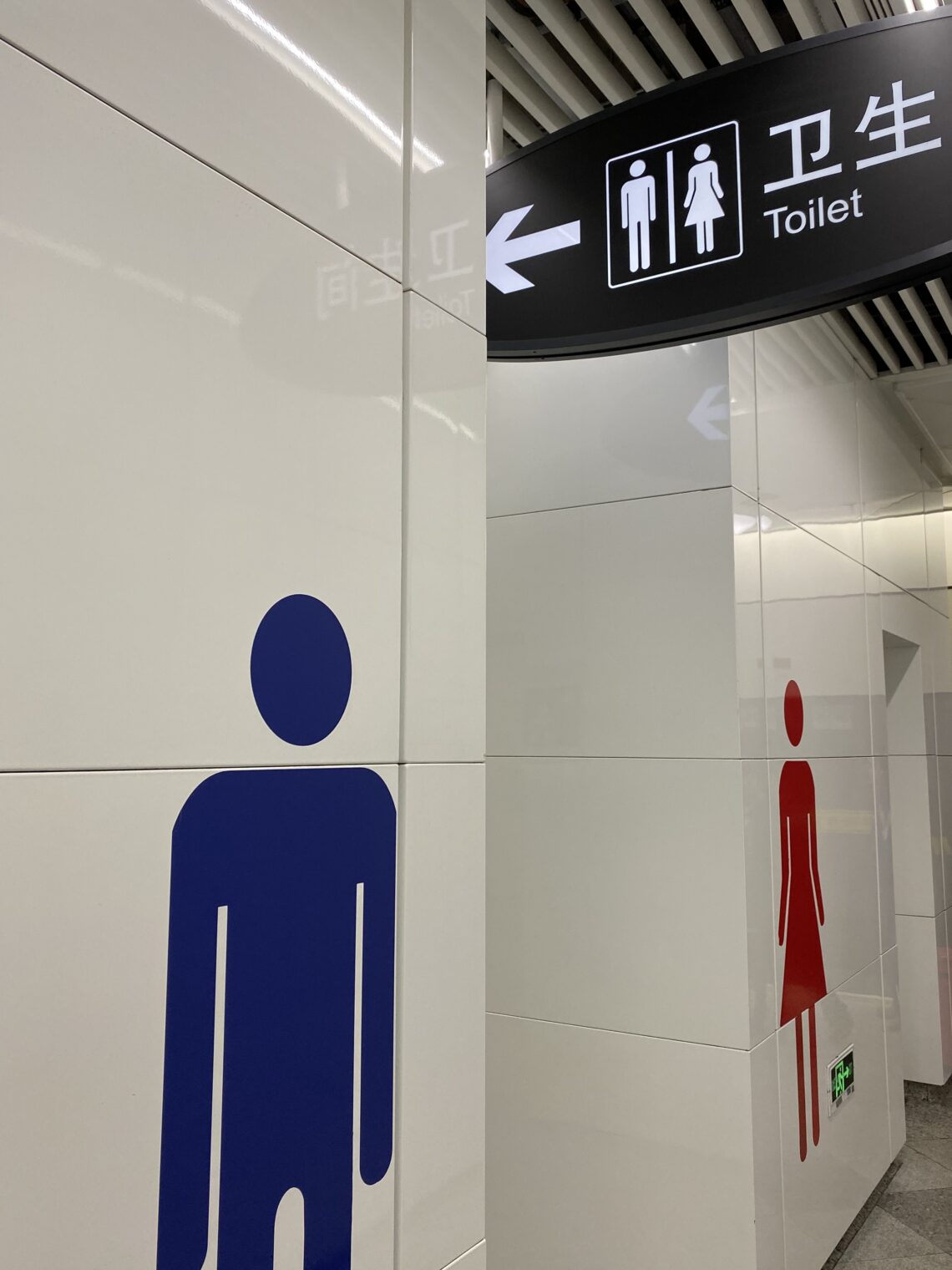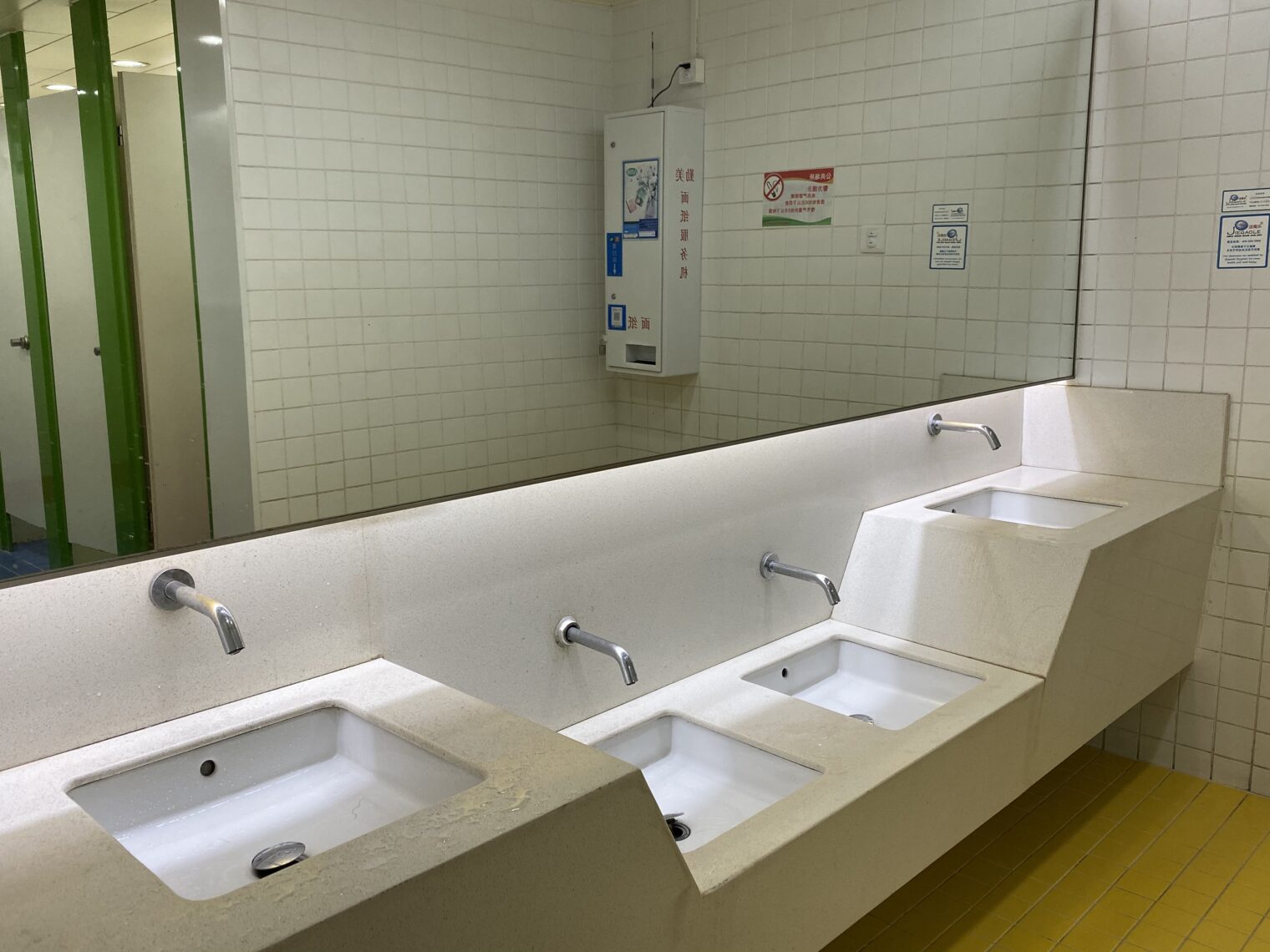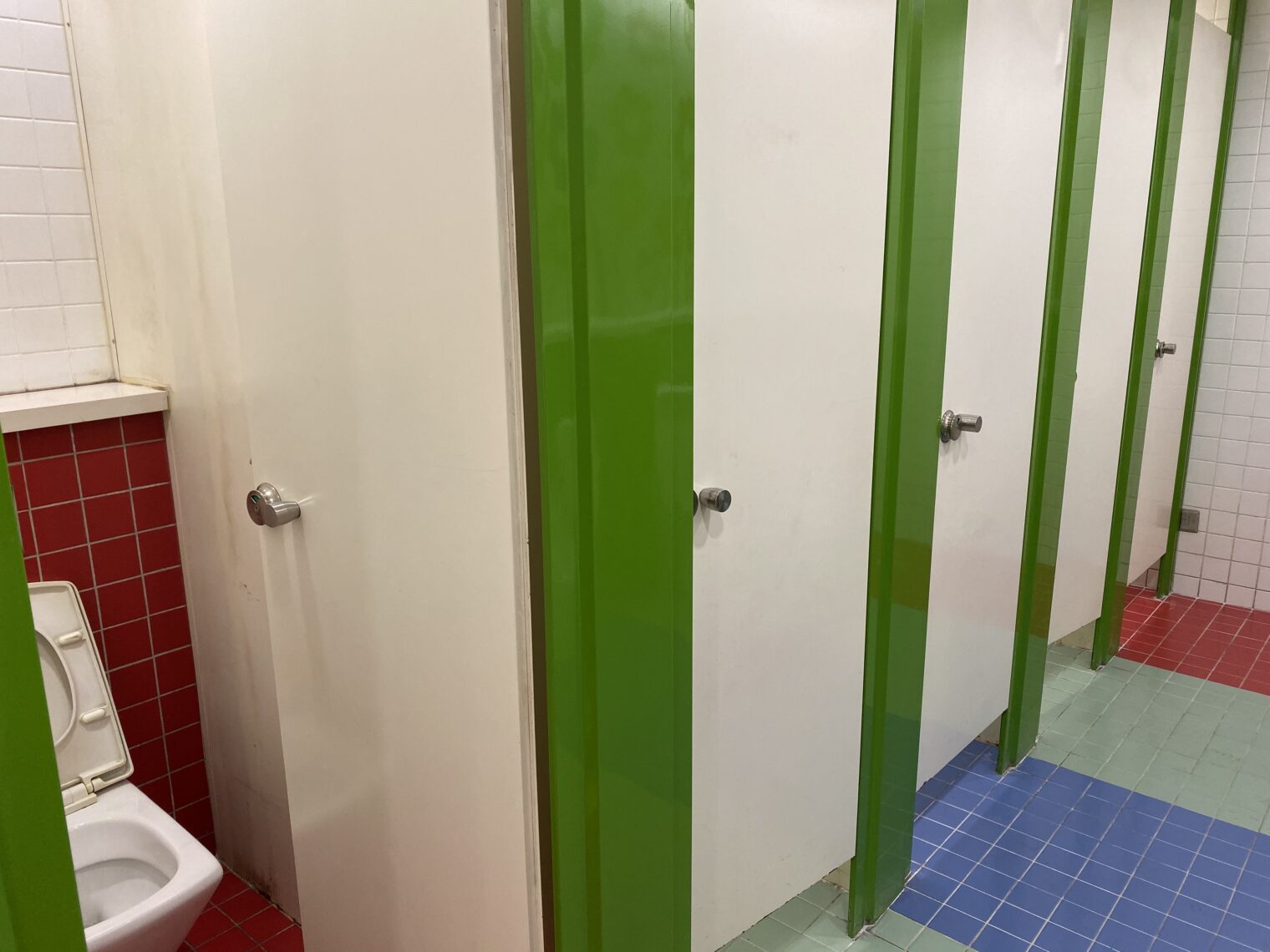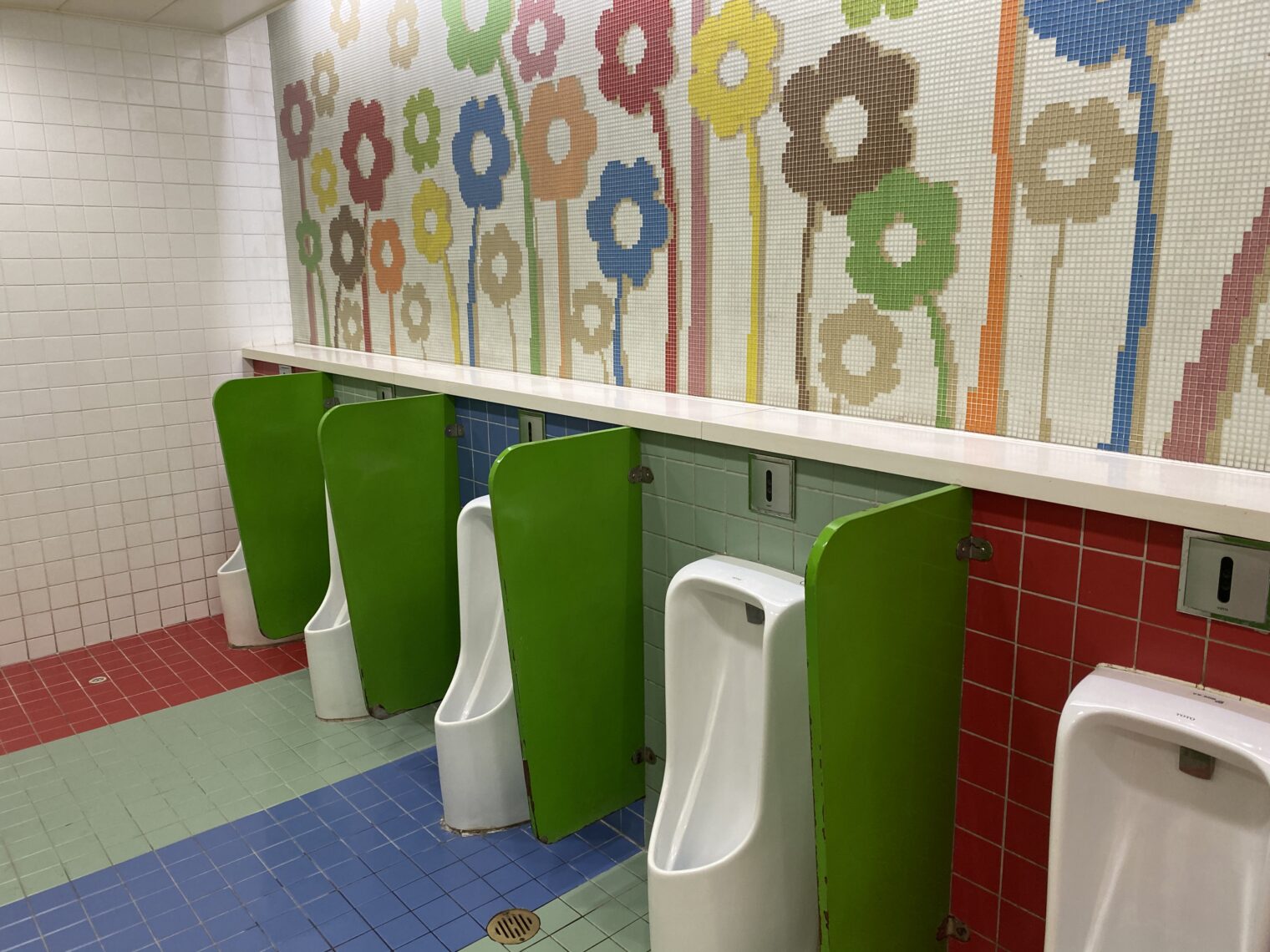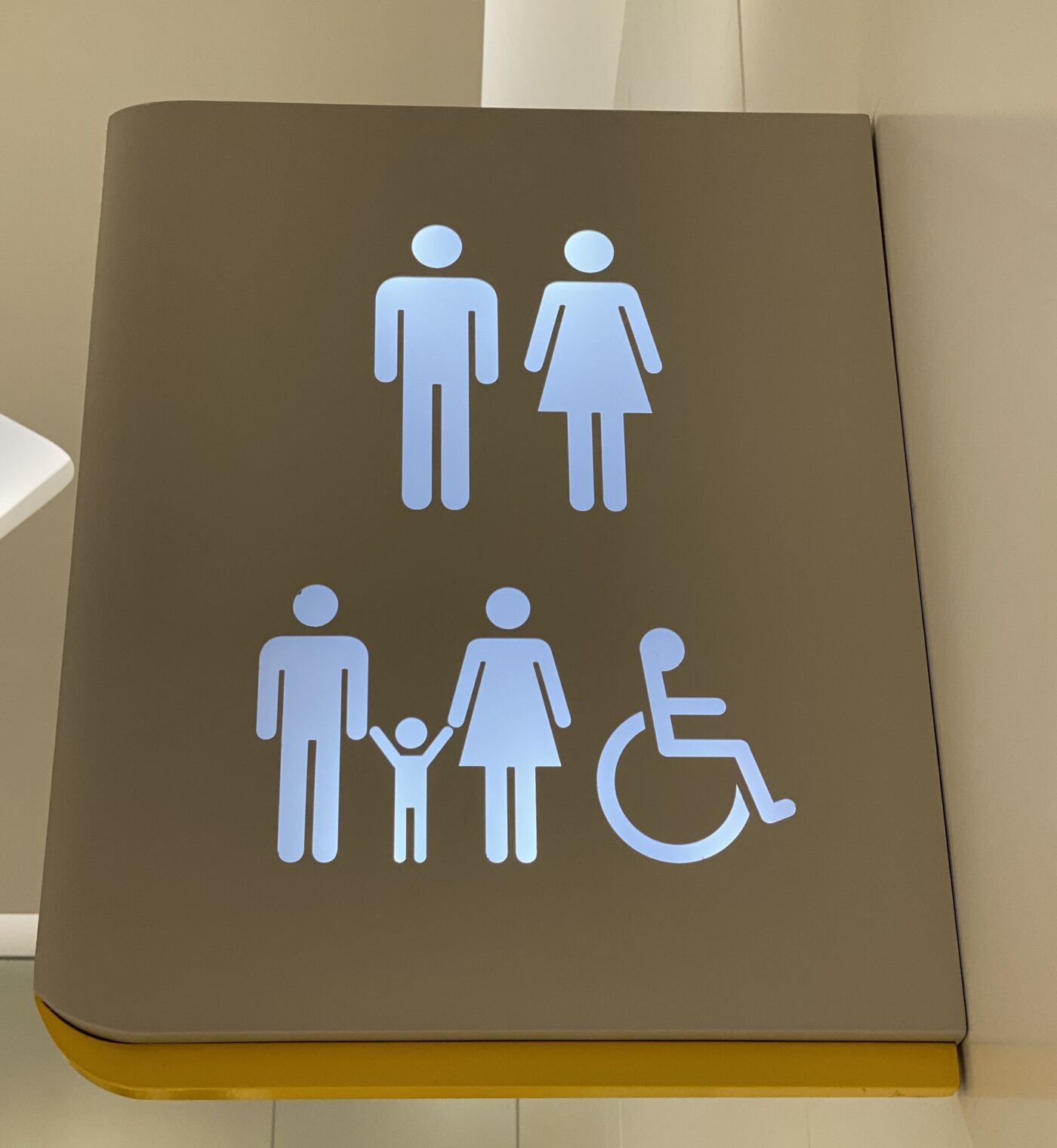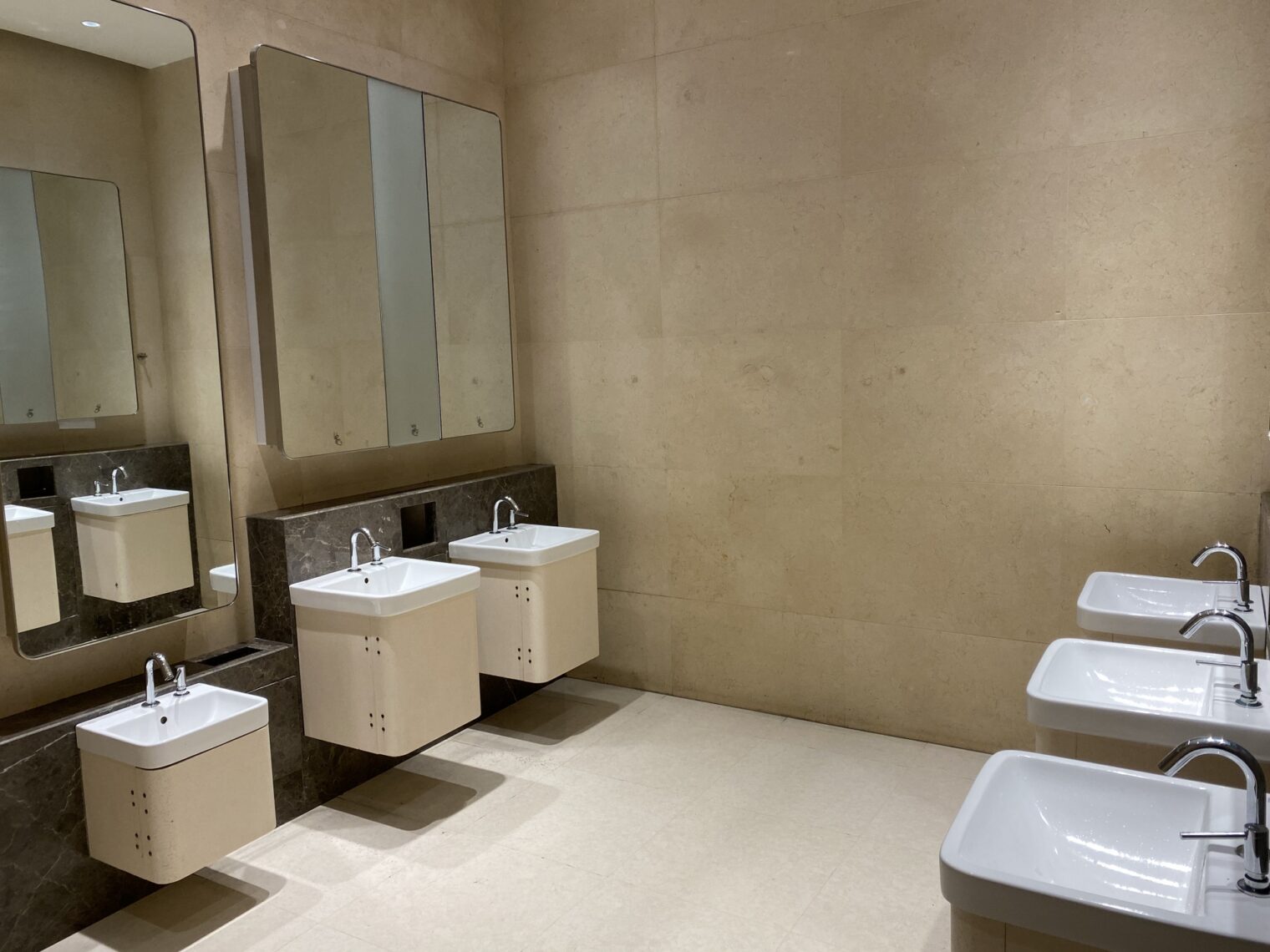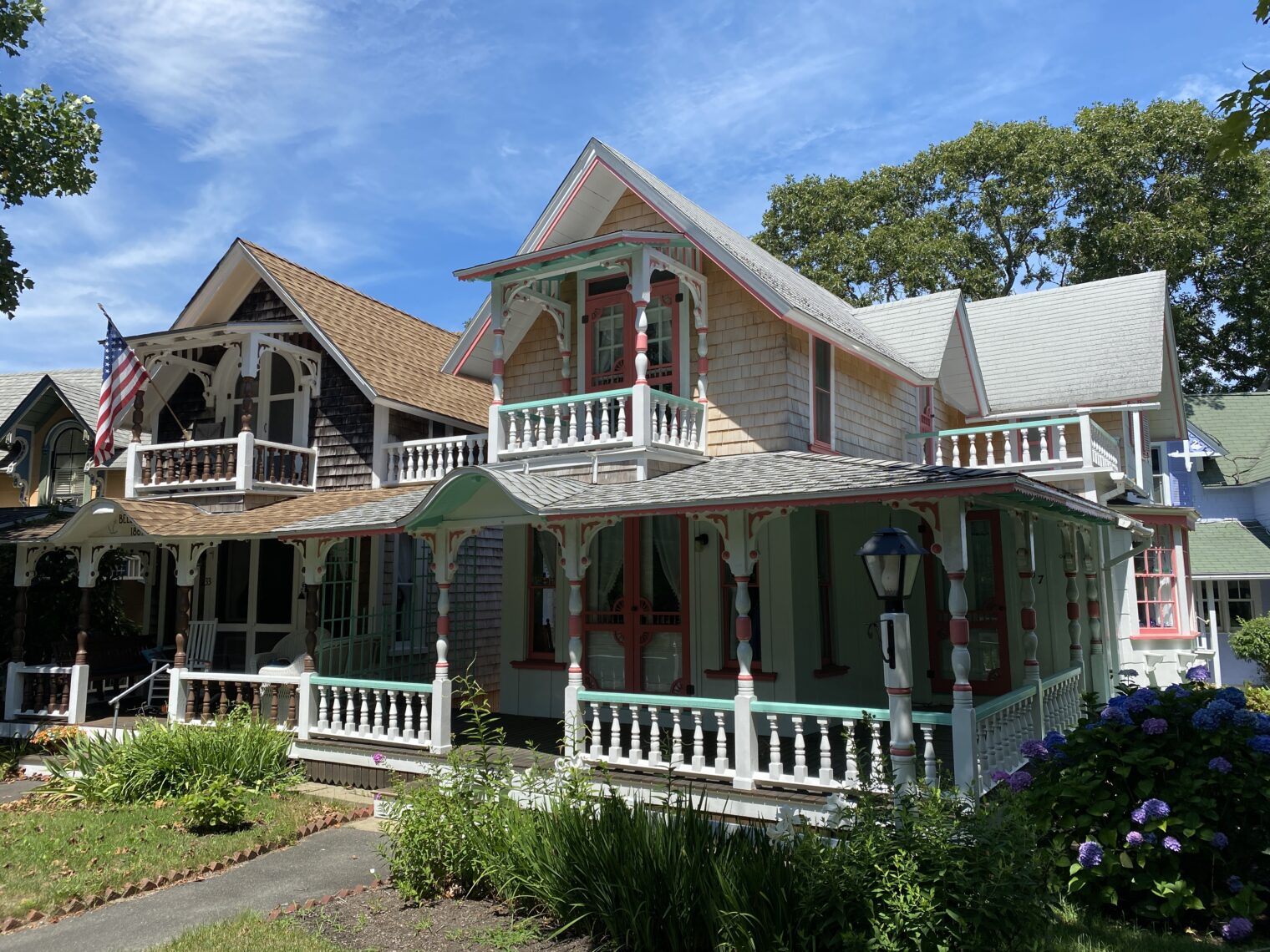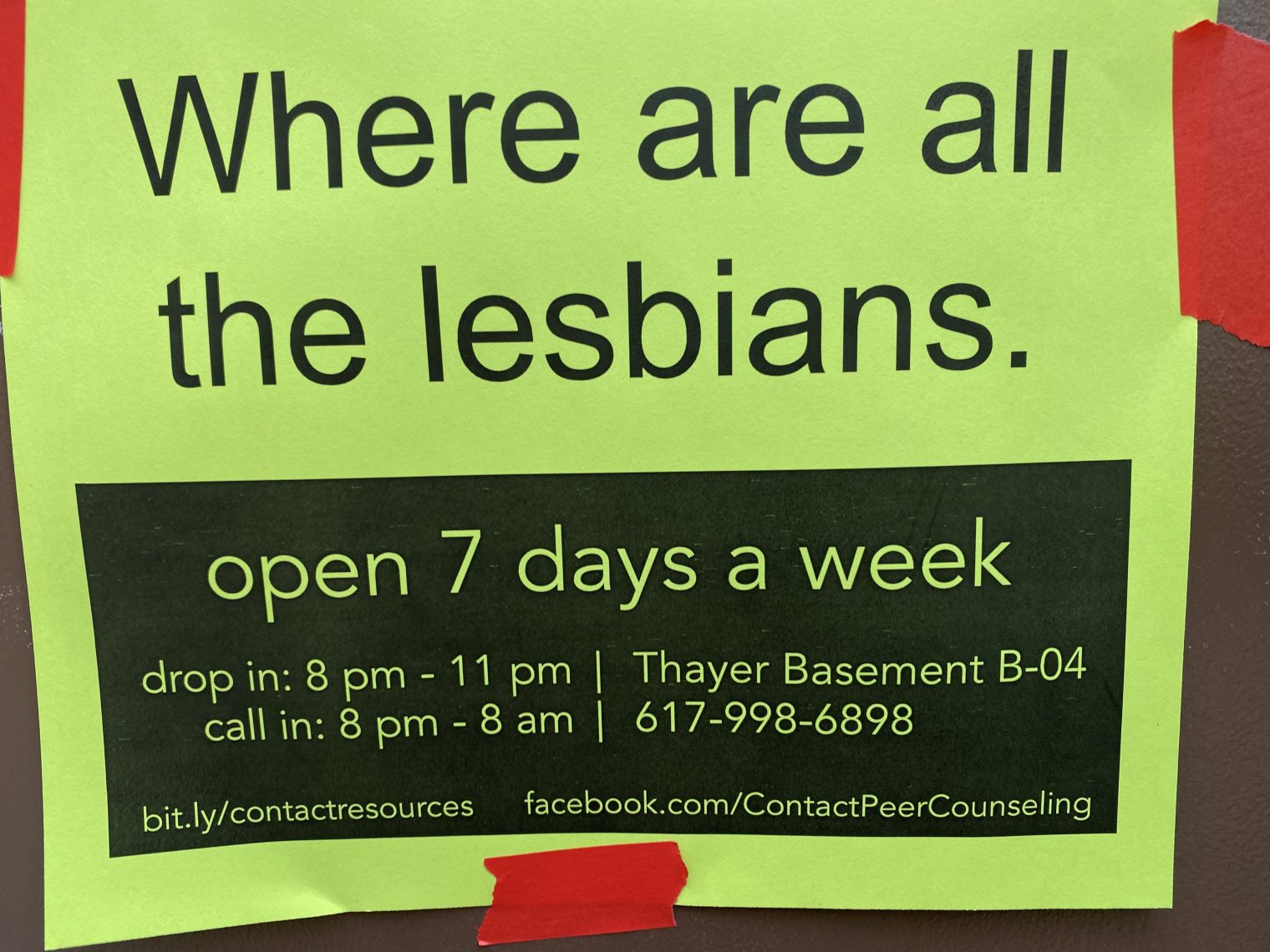Church of Sweden versus Church of England branch of the Church of Shutdown
“Sweden’s success shows the true cost of our arrogant, failed establishment” (Telegraph, August 12, sadly paywalled, by Allister Heath, the editor of the sister Sunday Telegraph):
Shocking incompetence has unnecessarily wiped billions of pounds from the UK economy
So now we know: Sweden got it largely right, and the British establishment catastrophically wrong. Anders Tegnell, Stockholm’s epidemiologist-king, has pulled off a remarkable triple whammy: far fewer deaths per capita than Britain, a maintenance of basic freedoms and opportunities, including schooling, and, most strikingly, a recession less than half as severe as our own.
Our arrogant quangocrats and state “experts” should hang their heads in shame: their reaction to coronavirus was one of the greatest public policy blunders in modern history, more severe even than Iraq, Afghanistan, the financial crisis, Suez or the ERM fiasco. Millions will lose their jobs when furlough ends; tens of thousands of small businesses are failing; schooling is in chaos, with A-level grades all over the place; vast numbers are likely to die from untreated or undetected illnesses; and we have seen the first exodus of foreigners in years, with the labour market survey suggesting a decline in non-UK born adults.
Tegnell is one of the few genuine heroes of this crisis: he identified the correct trade-offs.
Good news: Britain has no “systemic racism”; bad news: it does have “systemic incompetence”.
This is a catastrophically high price tag for the British state’s systemic incompetence, the uselessness of Public Health England, the deep, structural failings of the NHS, the influence of modelers rather than proper scientists, the complacency, the delusion, the refusal to acknowledge that the quality of the British state and bureaucracy are abysmally poor.
The author notes that “panic and hysteria were the only possible outcome.”
(Coronavirus hasn’t been a problem for people who live on alimony and/or child support, but the article describes “cancelled weddings” and therefore a delay in being able to file a divorce lawsuit in one of the world’s most lucrative jurisdictions. (see “International Divorce, Custody, and Child Support Systems” for how profitable a short-term marriage in the U.K. can be).)
Tough to imagine an editorial this harsh in a major U.S. paper! The NYT might publish something that attacks Donald Trump, but not an attack like this on the competence of the federal and state governments!
The article is paywalled, but I uploaded a PDF that a reader graciously created.
What are the numbers? The U.K. has a higher death rate than Sweden or the U.S., but it would appear that the U.K. and the U.S. will converge. In other words, both panic-stricken and shut-down-for-months countries will end up with more deaths per capita than never-shut Sweden. The U.K. line is the top of the chart below.
The Friday W.H.O. report shows Sweden with 2 deaths from/with Covid-19. Here in Maskachusetts, with a smaller population, there were 14. With a fully-masked population that is 4X Sweden’s, California is suffering 150-200 Covid-19-tagged deaths per day.
Related:
- “Coronavirus Pandemic Causing Anxiety, Depression in Americans, CDC Finds” (US News): “MORE THAN 4 IN 10 Americans are struggling with mental health issues stemming from the coronavirus pandemic, a new survey found.”
